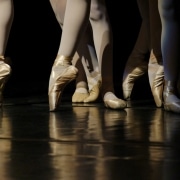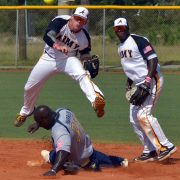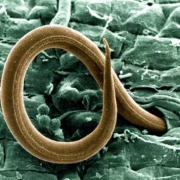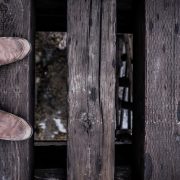To be… to walk
Locomotion is one of the most thoroughly studied behaviors in the animal kingdom. It is Mahler, a psychoanalyst that has stated that the onset of voluntary locomotion represents the “psychological birth” of infants.
The acquisition of crawling (typically the first locomotor skill) dramatically changes the relation between the infant and the environment. It is from this point on that the infant can find challenges and problems to solve. The infant can explore the environment and operate at will (Gibson, 1988).
Exploration thus provides new perspectives and it creates novel experiences that can drive changes in a family of different psychological phenomena.
So how is fear management and gait development possibly related?
Experience with locomotion seems to be a factor in the onset of weariness of heights.
Mothers notice two interesting phenomena related to drop offs.
First, there is a period after the onset of crawling when their infants would plunge over the edge of a bed, off the top of a changing table, or even off the top of a staircase if she were not extremely vigilant.
Second, within 2 to 4 weeks of crawling onset, infants will avoid drop offs. These maternal reports are highly consistent (Campos et al., 1978).
Although perception of self-movement has traditionally been relegated to information from the vestibular and the somatosensory systems, visual proprioception is so powerful that a standing 13-month-old infant will fall down when exposed to optic flow in a moving room (Lee and Aronson, 1974).
Visual proprioception is a powerful source of information for postural stability and instability.
When the infant moves voluntarily, the head and eyes consistently point straight ahead (Higgins et al., 1996). As this takes place, when the infant navigates the world, it becomes important to segregate information about environmental features from information about self-movement so as to steer an appropriate course and maintain postural stability.
How we have learned to walk seems to be at the core of how we developed, as a whole. It is by learning locomotion that we have had to face challenges and mange fear. Could it be that, if we did not crawl and walk on all four, we could be less equipped to face the challenges of the day?









Leave a Reply